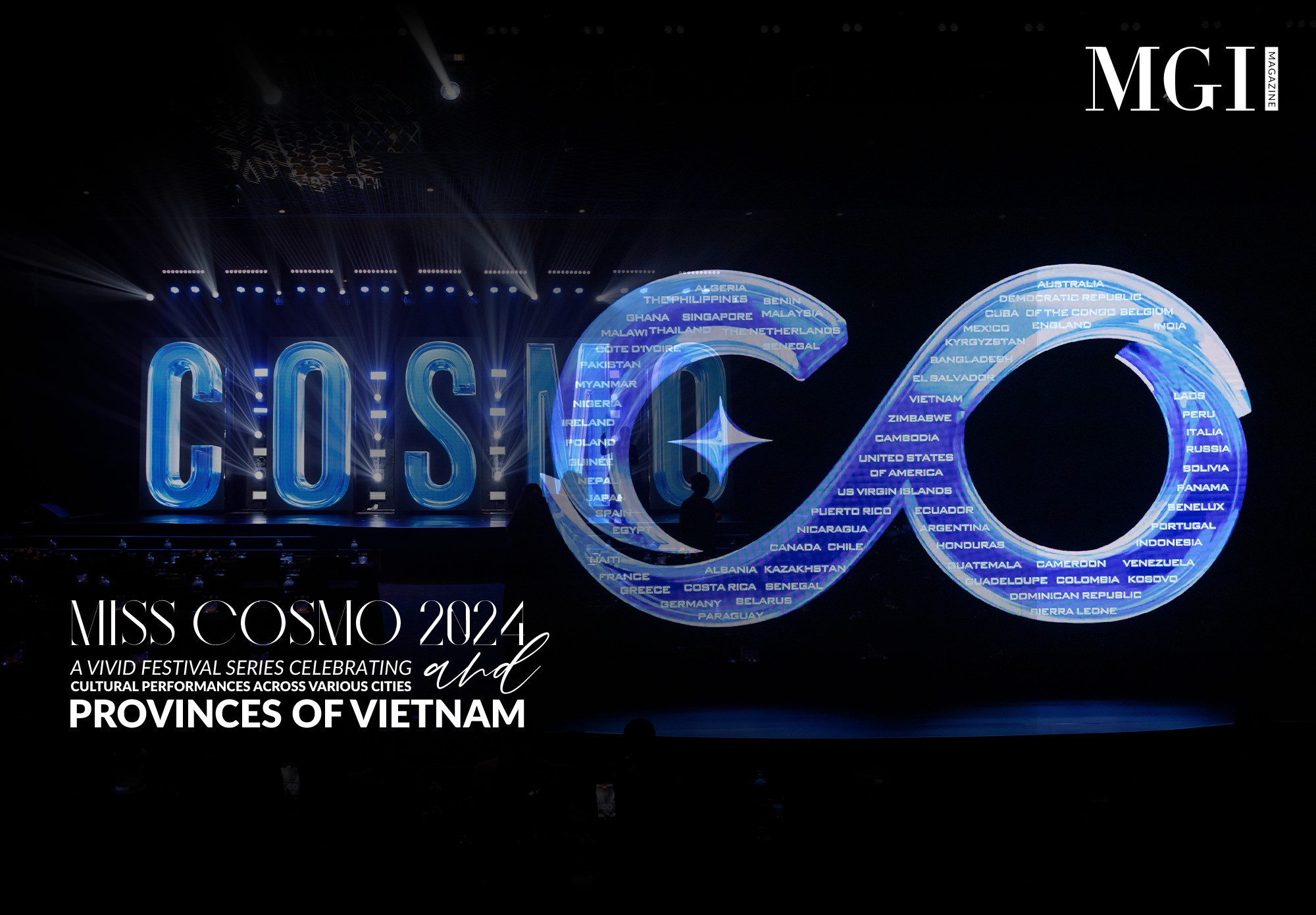News
Bảng tin

Miss Earth Cambodia 2024 - Prestigious ambassador of Global Student Fashion Week
Are you passionate about fashion? Do you want to discover the latest trends and immerse yourself in an inspiring creative space? Come to Global Student Fashion Week (GSFW) - a spectacular fashion event exclusively for fashion students. With the mission of creating a new era for the world fashion industry, Global Student Fashion Week season 1 of 2025 will take place for 7 days, gathering 150 designers from 30 training schools around the world. Accompanying the journey of spreading meaningful messages of the week is the appearance of Miss Earth Cambodia 2024 - Rotha Phyadeth as the Global Ambassador.

Miss Grand Singapore 2024 accompanying Global Student Fashion Week as a Global Ambassador
With the mission of creating a new era for the fashion industry, Global Student Fashion Week (GSFW) was born and dedicated to fashion training units with students as the focus and core audience. The week lasts 7 days and brings together 150 designers from 30 training schools around the world. In addition, 450 beauty queens and kings, 900 dancers and more than 6,000 guests will perform during the week. Contributing to the success of this special journey is the appearance of Miss Grand Singapore 2024 - Anisah Rahmat as the Global Ambassador.

Miss World Laos 2023 - Phonevilai Luanglath becoming GSFW 2025 Global Ambassador
With the mission of creating a new era for the world fashion industry, Global Student Fashion Week (GSFW) was born and is the first fashion week in the world exclusively for fashion training units. With the student-centered motto, GSFW promises to be a great playground for young designers to freely create and develop to bring their “works” far to Asia. Global Student Fashion Week season 1 of 2025 will take place within 7 days, gathering 150 designers from training schools around the world. The beginning of this special journey is the appearance of the companion project - 999 Global Ambassadors. In particular, appearing on this prestigious list is the appearance of Miss World Laos 2023 - Phonevilai Luanglath.

2BEVOICE KIDS - “Where young talents are nurtured and dreams take off”
With the desire to improve confidence as well as support children with the skills necessary for child models, Vietnam Star Academy had a spectacular collaboration with 2BEVOICE KIDS to bring useful lessons to help child models break through and show their hidden potential, especially the ability to speak and present in public.

INNOBUSINESS CHALLENGE finals - When high school students can become business case competition champions
On July 7, 2024, the InnoBusiness Challenge finals - a case competition for students passionate about entrepreneurship - was organized by ambitious youth from The Hologram, a non-profit project focused on economics, finance, and business.

Registration for INNOBUSINESS CHALLENGE finale officially open - Destination of self-exploration
This July 7th, the finale of the business case-solving contest InnoBusiness Challenge is held in Hanoi. Which interesting things await the event’s audiences? Follow the information below to sign up for a spectating spot for the fiery competitions of the final contestants.

The admirable profiles of the 2 Vietnam’s representatives at Miss & Mister Celebrity International 2024
On the evening of July 11, 2024, the search for a Vietnamese representative to compete in Miss & Mister Celebrity International 2024 officially ended with the victory of two contestants, Doan Bao An and Truong Thuy Trang.

Jay Đào - 1st Runner-up of Global Vietnamese Voice 2023: Dashing, elegant, the new star of VPOP
Emerging from the 2023 “Global Vietnamese Voice” contest as 1st runner-up, Jay Dao is considered a potential young face of the Vietnamese music industry. With a warm, emotional voice, Jay Dao's forte is love songs with jazz, ballads and slow pop.

Opening ceremony of Ngoc Thao Beauty Facility 2 and the launch of melasma treatment technology from Japan
In an exciting and joyful atmosphere, Ngoc Thao Beauty successfully held the opening ceremony of their 2nd facility at Lane 120, Villa No. 09 Tran Binh, My Dinh 2 Ward, Nam Tu Liem District, Hanoi and launched an advanced melasma treatment technology from Japan. This is not only an important milestone, but also a big step forward in the mission of supporting Vietnamese women on their journey of beauty care and maintaining long-term youth.

Over 80 beauty kings and queens to promote Vietnamese culture, heritage and tourism at Miss & Mister Celebrity International 2024
On July 9, 2024, the press conference to launch the Miss & Mister Celebrity International 2024 contest took place with the announcement that there will be more than 80 international beauty kings and queens competing in September 2024.














